Another Unique Place to Visit in Turkey: Aphrodisias
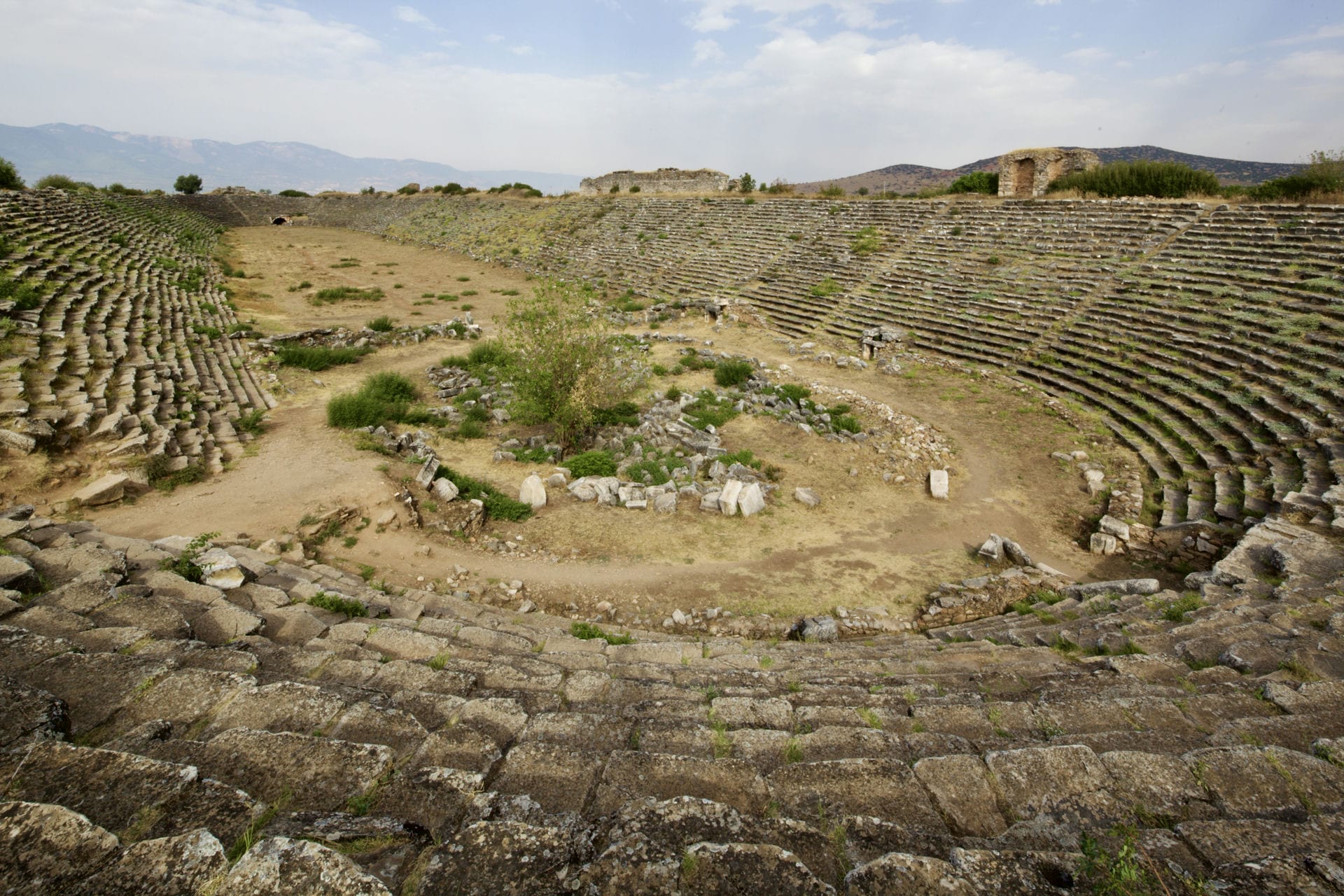
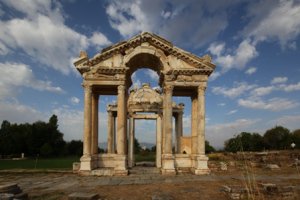
Aphrodisias; “Imagine coming upon a city of antiquity so rich in archeological treasure that choice sculptures roll off the sides of ditches, tumble from old walls, and lie jam-packed amid colonnaded ruins.”
Those are the words of Turkish archeologist Professor Kenan Erim who directed the excavations at Aphrodisias under the auspices of the New YorkUniversity. He is so closely associated with the site that he can suitably be accepted as the father of Aphrodisias and therefore fully deserved to be buried near the Tetrapylon.
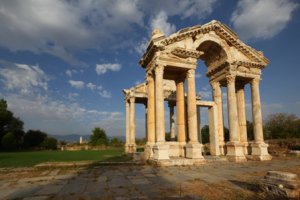
The name of the city has the same root as “aphrodisiac”. Both words derive from the Greek name for the goddess of love, Aphrodite. Aphrodisias was one of several ancient cities dedicated to the goddess of love. Within the borders of Caria, during the Roman period, Aphrodisias became an artistic center with a famous school of sculpture.
The site has been systematically excavated since 1961 by professor Kenan Erim and has yielded a wealth of art treasures to archaeologists.
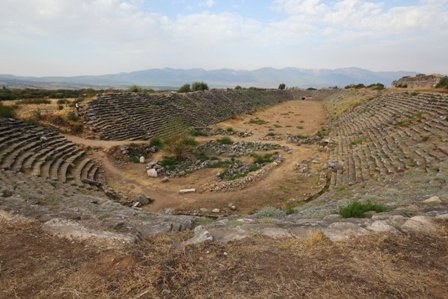 |
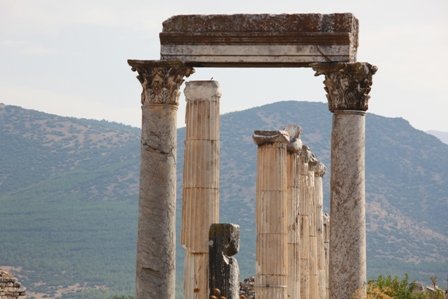 |
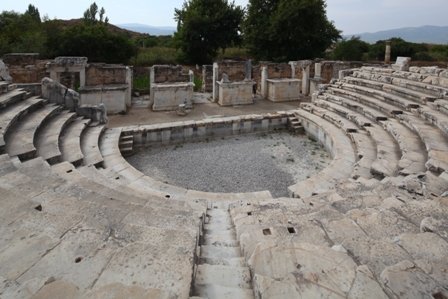 |
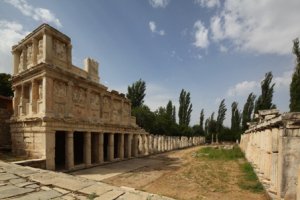 |
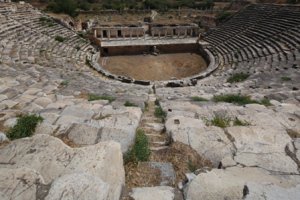 |
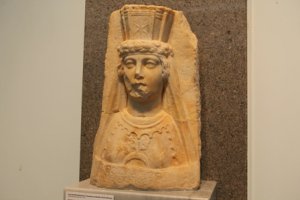 |
About Aphrodisias
Aphrodisias (or Afrodisyas) is an ancient city located in southwestern Turkey, near the modern town of Geyre. It was named after Aphrodite, the Greek goddess of love and beauty. Afrodisyas was a prominent city in the Roman and Byzantine periods and was known for its remarkable architecture, particularly its well-preserved Roman-era ruins.
Here are some key points and features of Aphrodisias:
- Historical Significance: Aphrodisias was founded during the Hellenistic period but gained prominence during the Roman Empire. It was known for its excellent sculptors and was a center for the worship of Aphrodite, with a prominent temple dedicated to the goddess.
- Archaeological Site: The archaeological site of Aphrodisias is known for its well-preserved ruins, including the Temple of Aphrodite, a monumental gateway, a stadium, a theater, and a bathhouse. The city layout reflects Roman urban planning principles.
- Sculptural Tradition: Afrodisyas was particularly famous for its marble sculptures. The city was home to numerous sculptors and artists, and their works have been found throughout the site. The Aphrodisias Museum, located nearby, houses a significant collection of these sculptures.
- Agora: The city had a well-designed agora (central marketplace) surrounded by colonnades. This was a hub of economic and social activity in the city.
- Stadium: The stadium of Afrodisyas ↗ is one of the best-preserved of its kind from antiquity. It could hold around 30,000 spectators and was used for various athletic events, including contests in athletics and gladiator games.
- Theater: The theater of Afrodisyas could accommodate approximately 8,000 spectators and was used for performances and other public gatherings.
- Decline: Like many other ancient cities, Aphrodisias went into decline during late antiquity and the Byzantine period. It was eventually abandoned, and its ruins were buried over time.
- Rediscovery: Afrodisyas was rediscovered in the 20th century and has since been the subject of extensive archaeological excavations and research.
Today, Afrod isyasis a UNESCO World Heritage Site and a popular destination for tourists and archaeologists interested in exploring the well-preserved remnants of this ancient city. It provides valuable insights into the architectural, artistic, and cultural aspects of the Roman period in Asia Minor.




